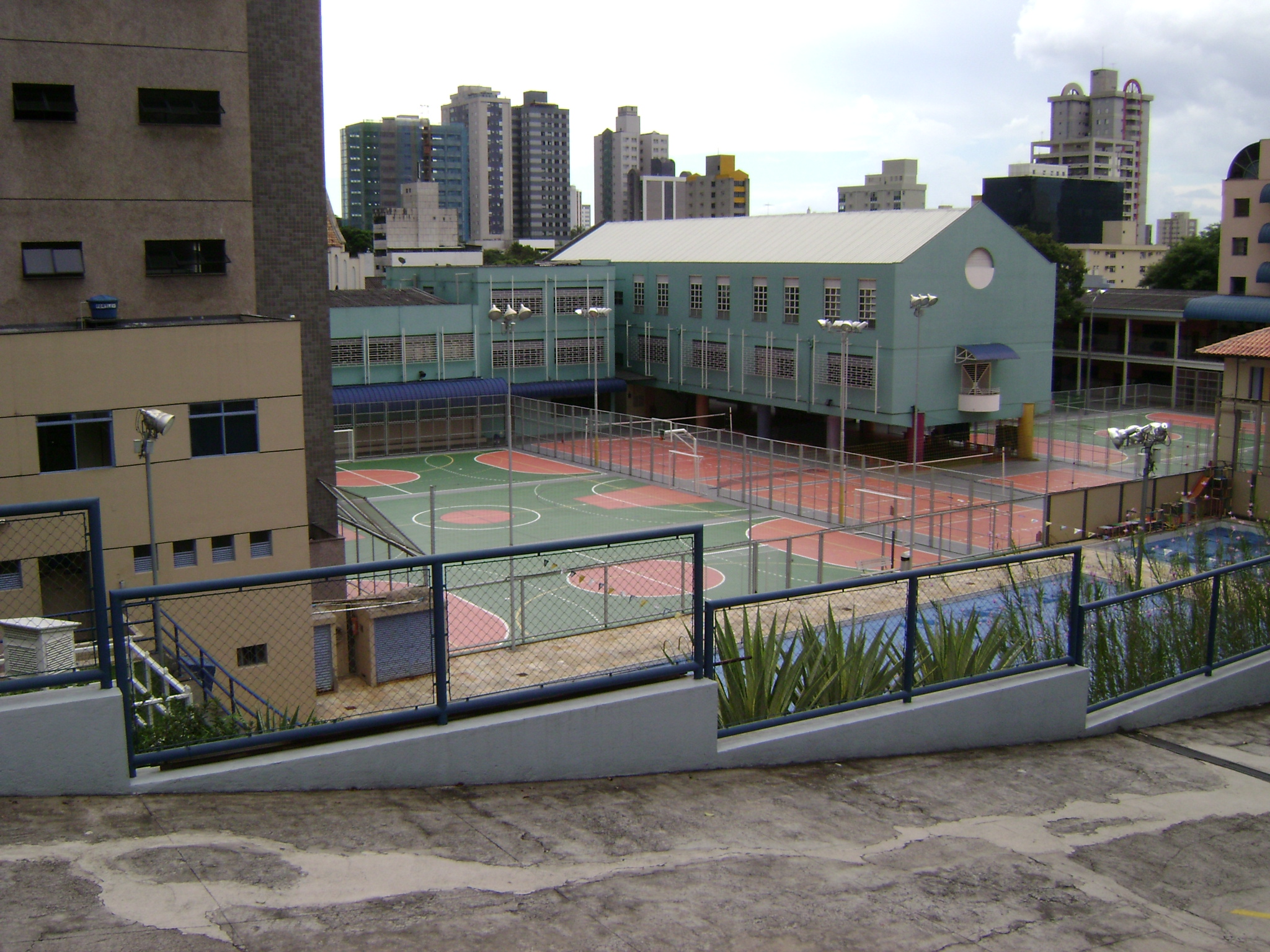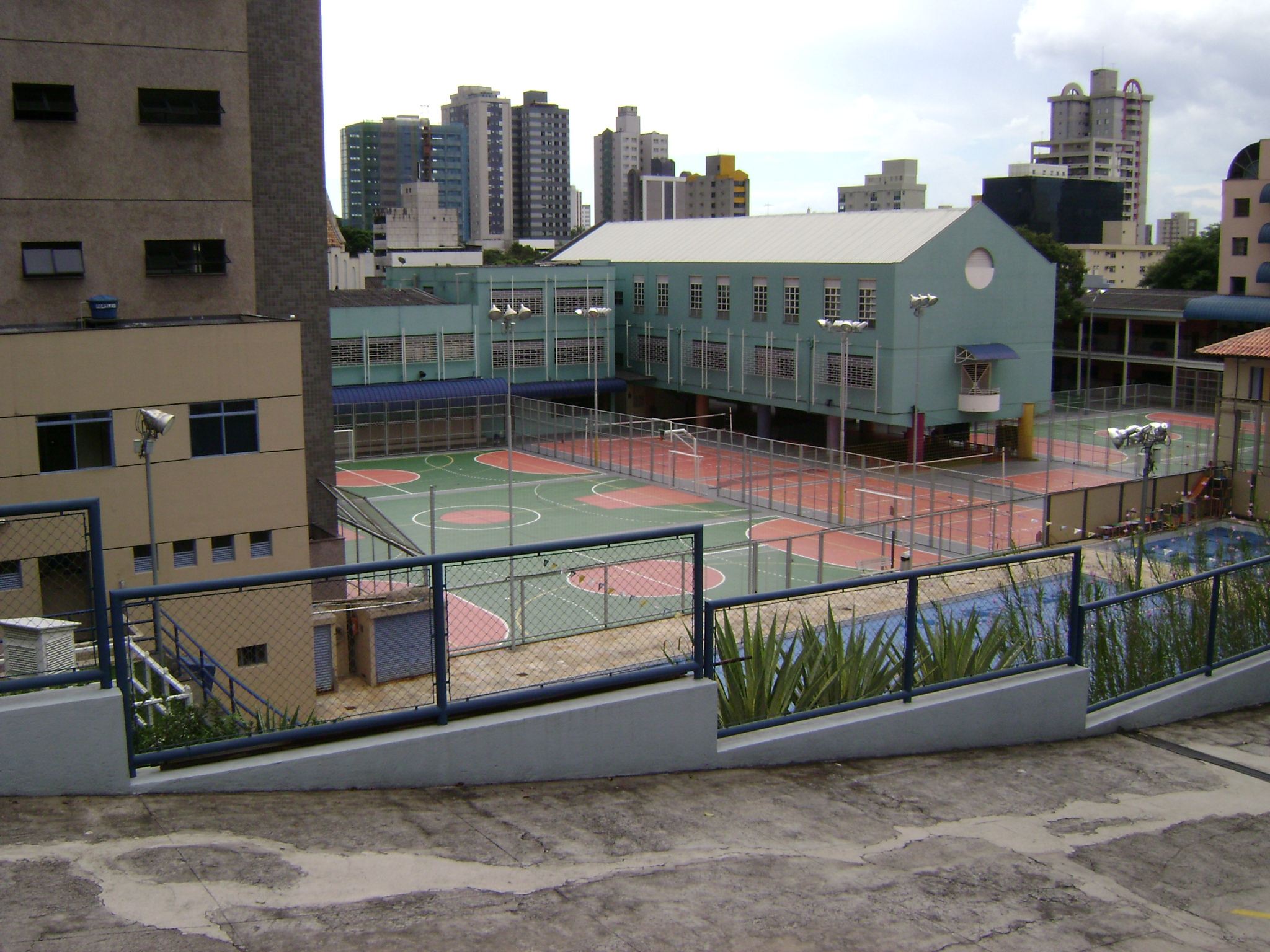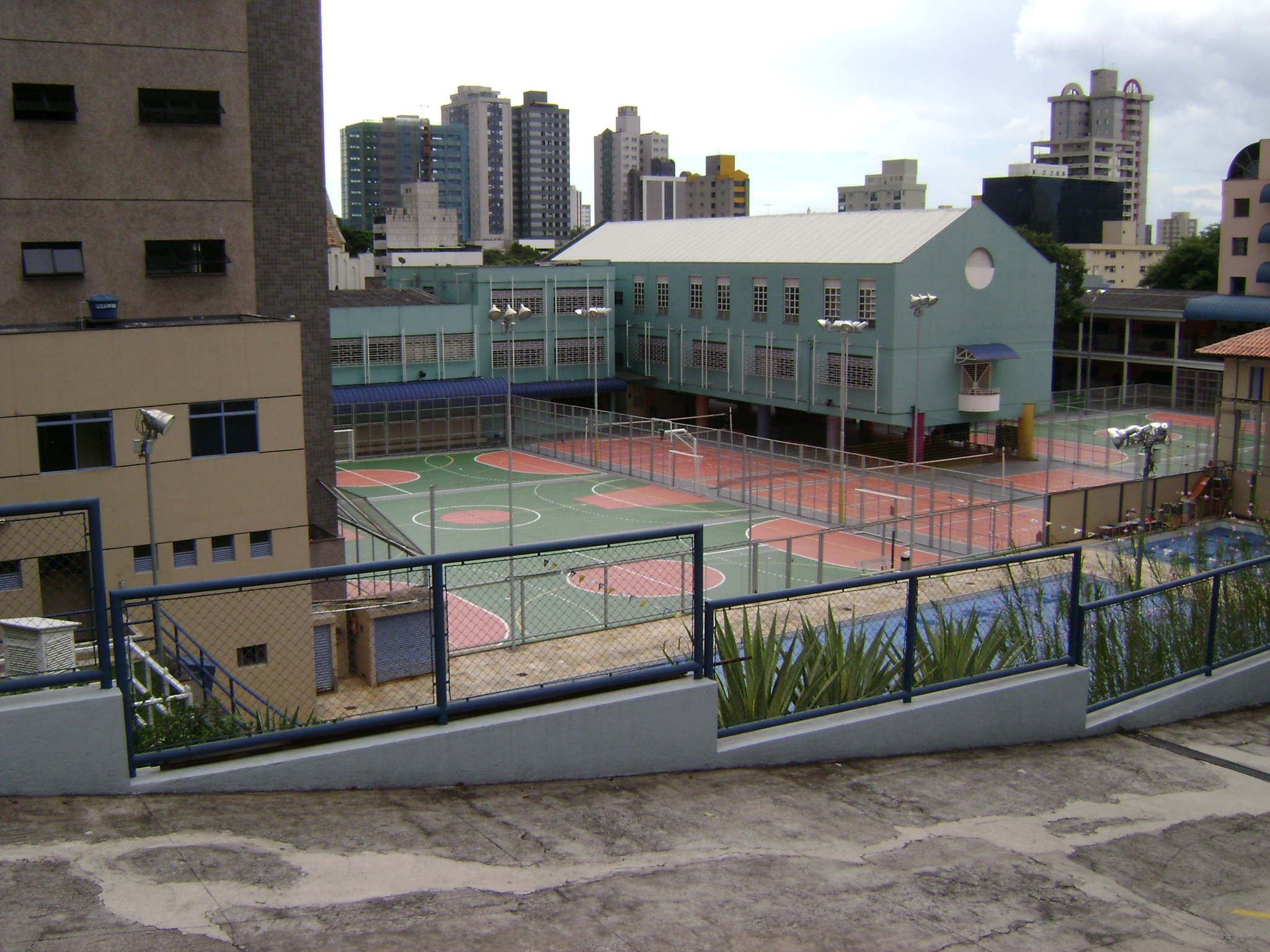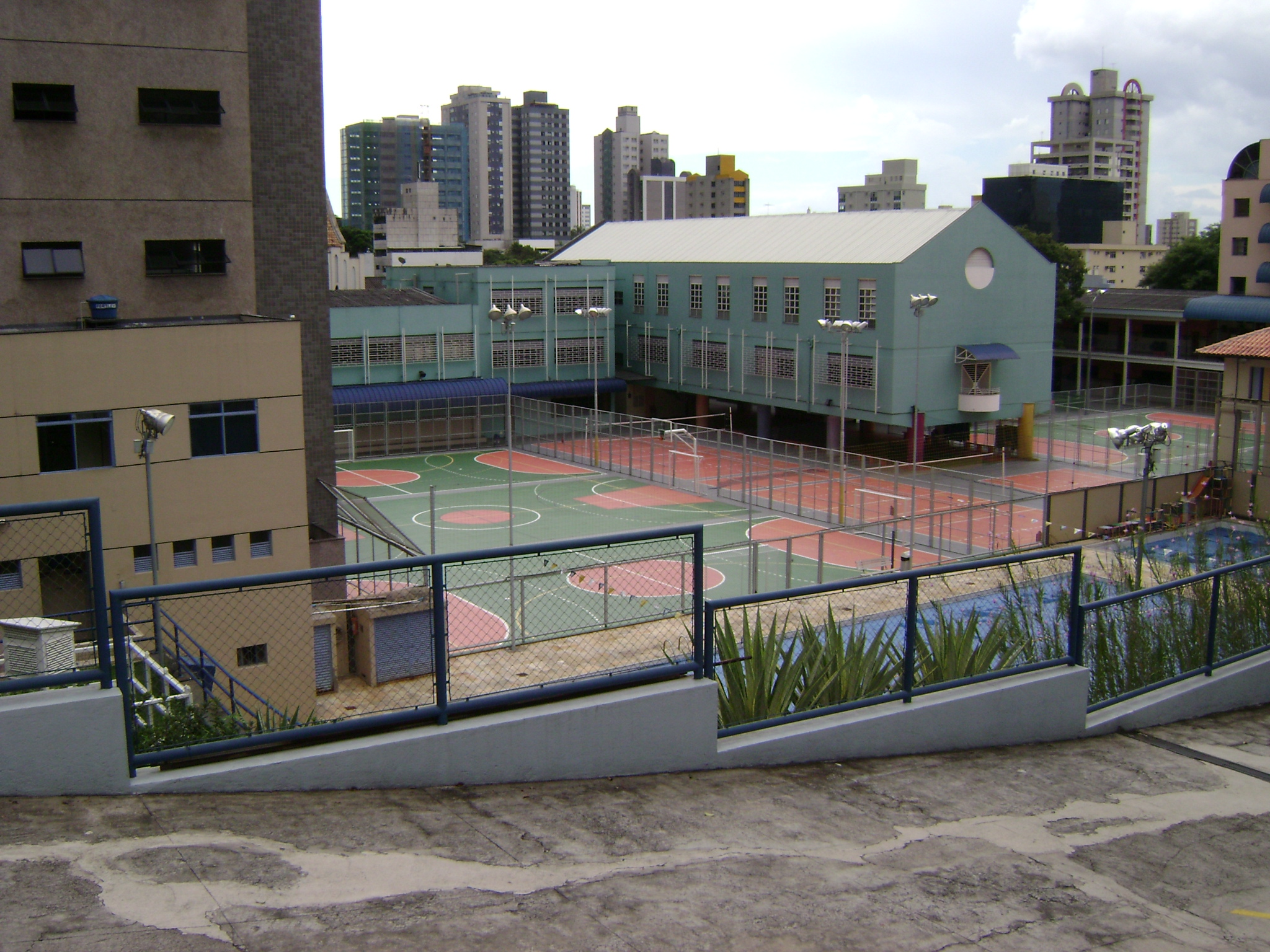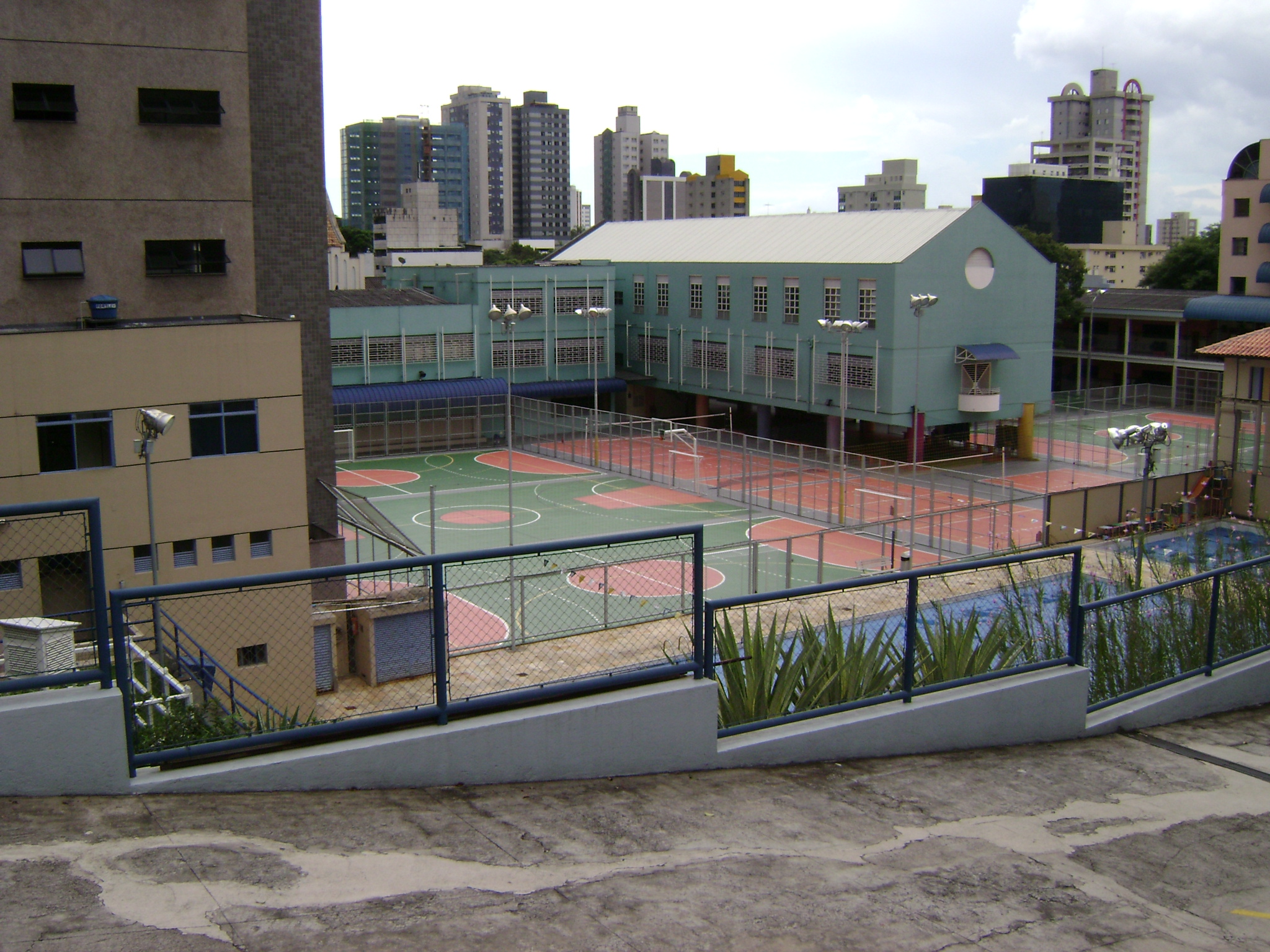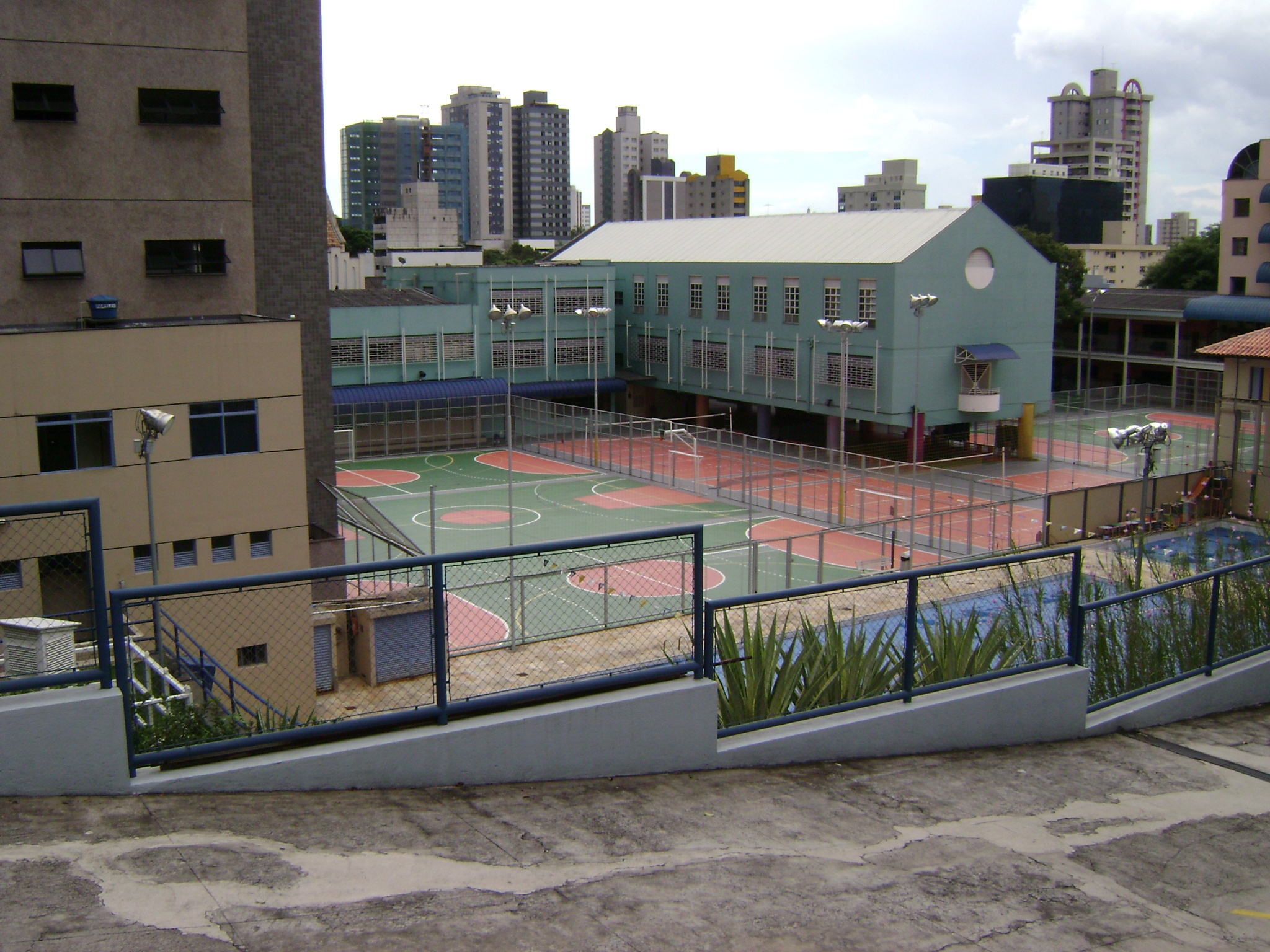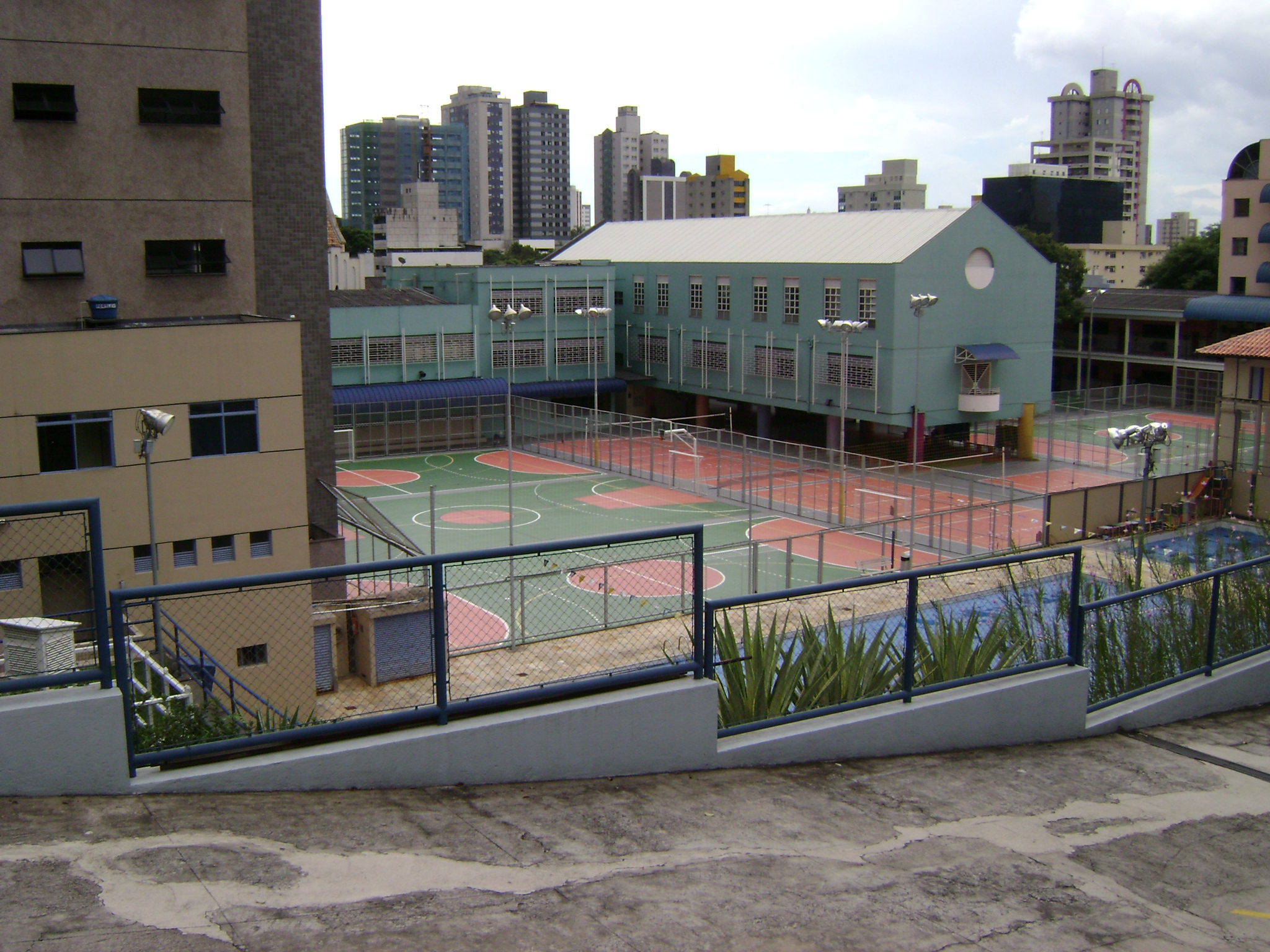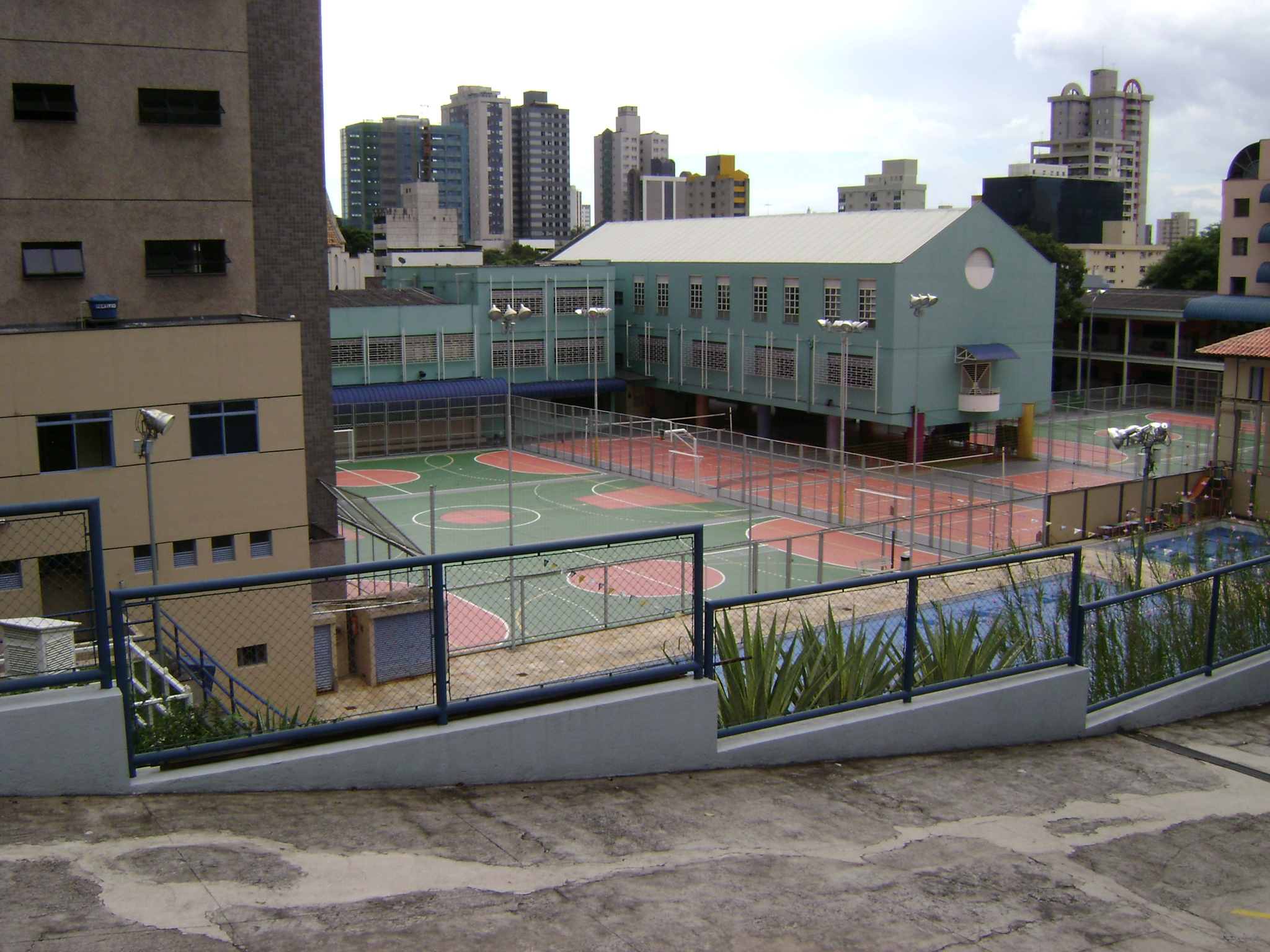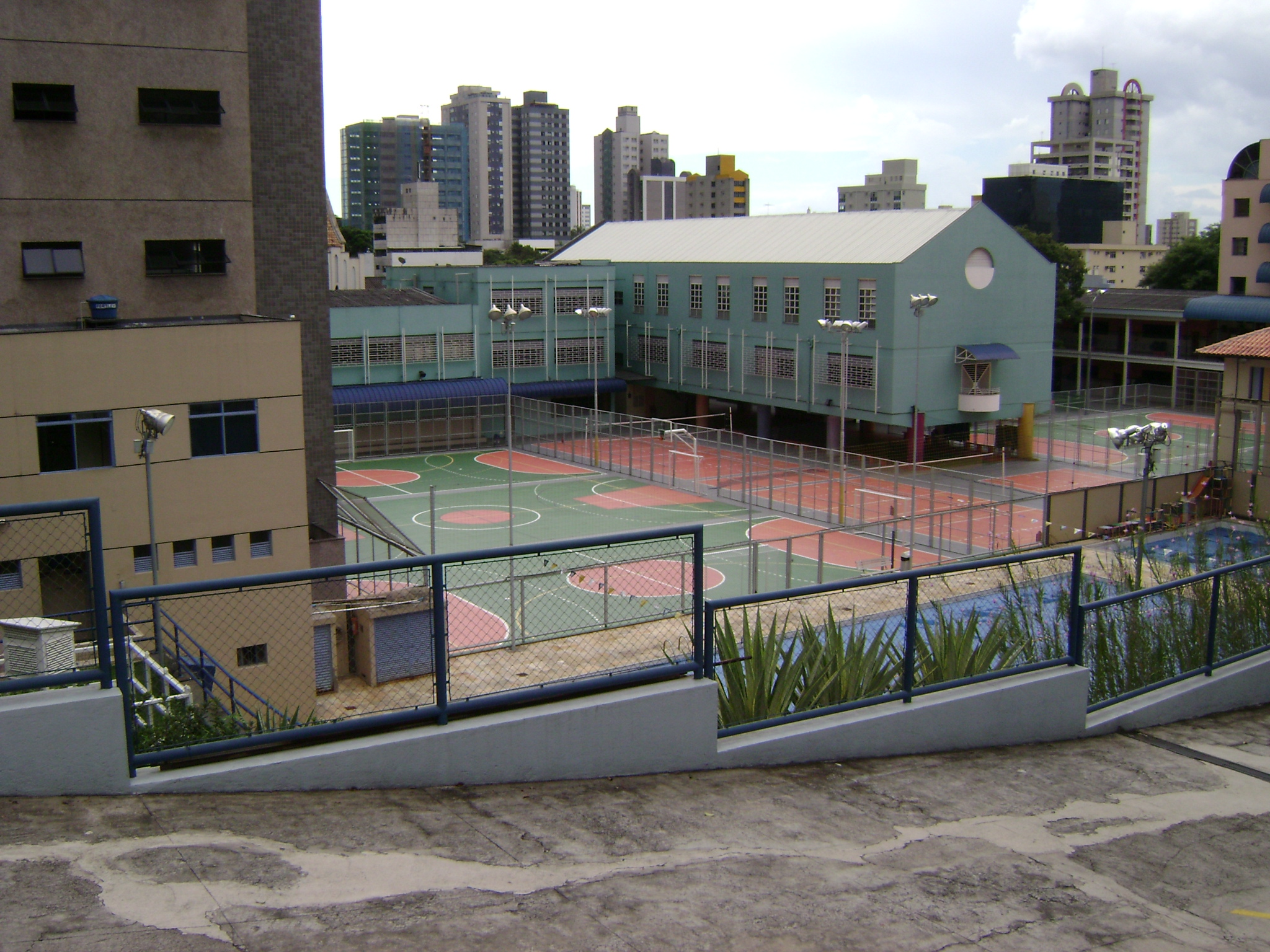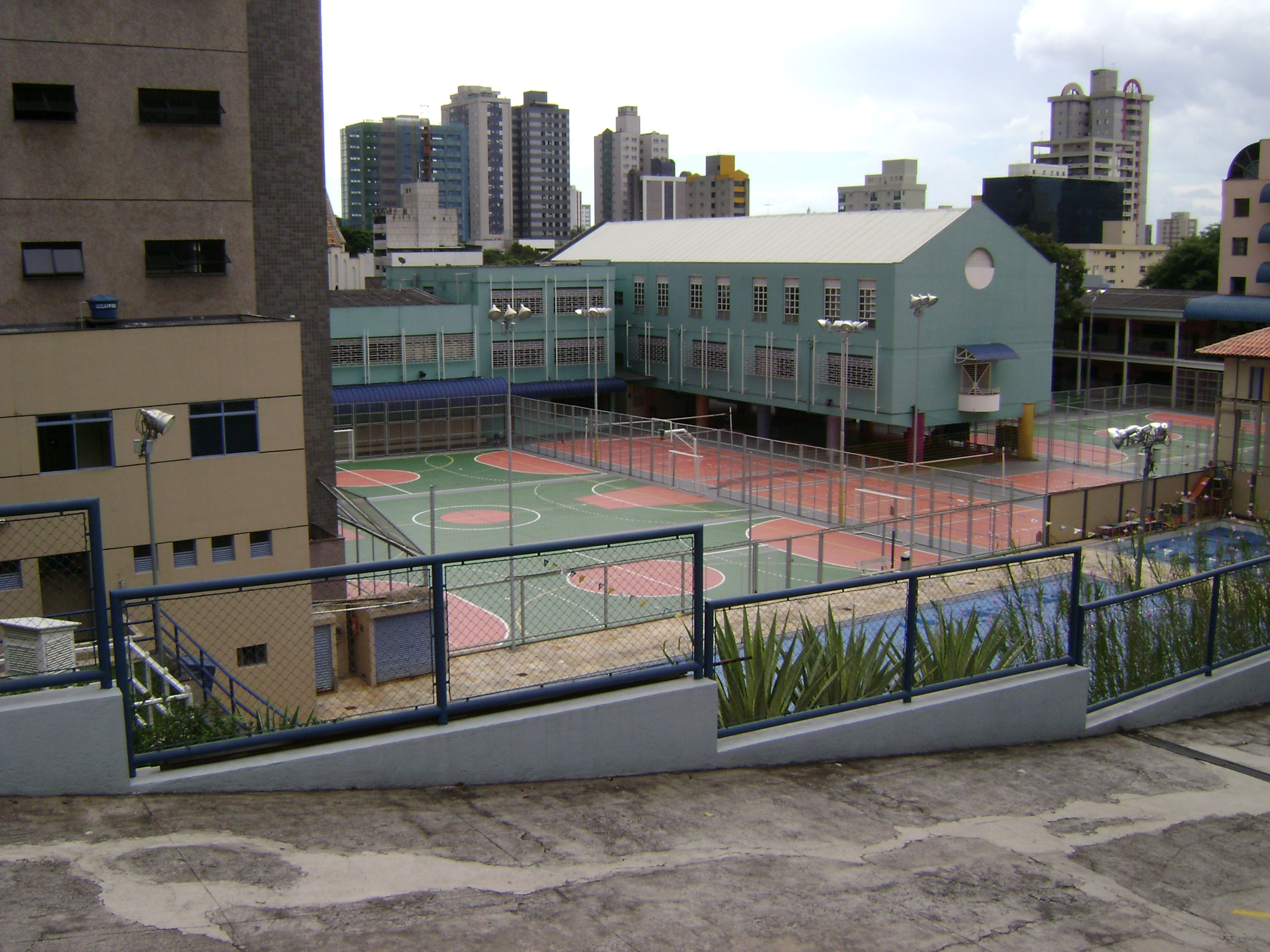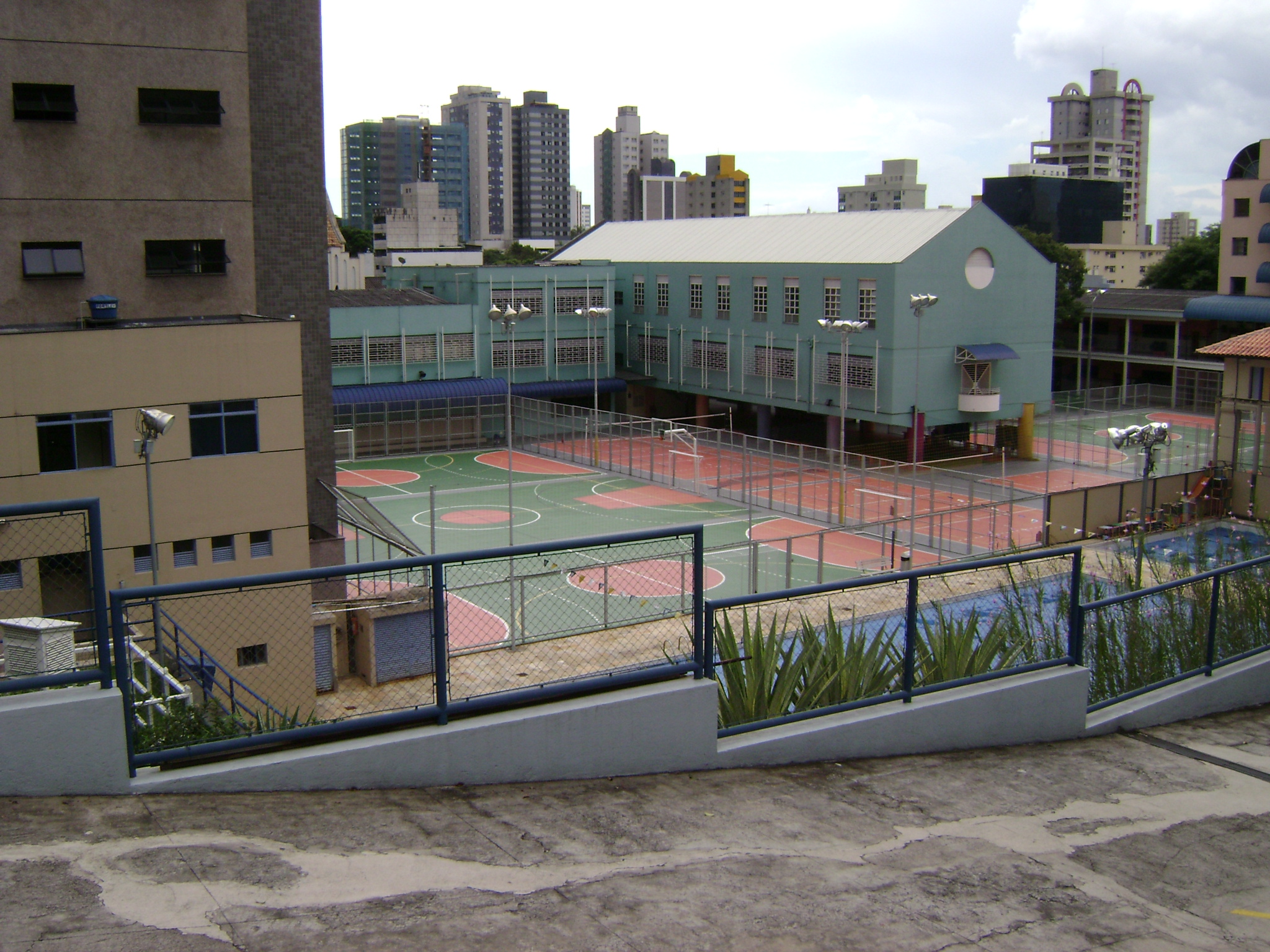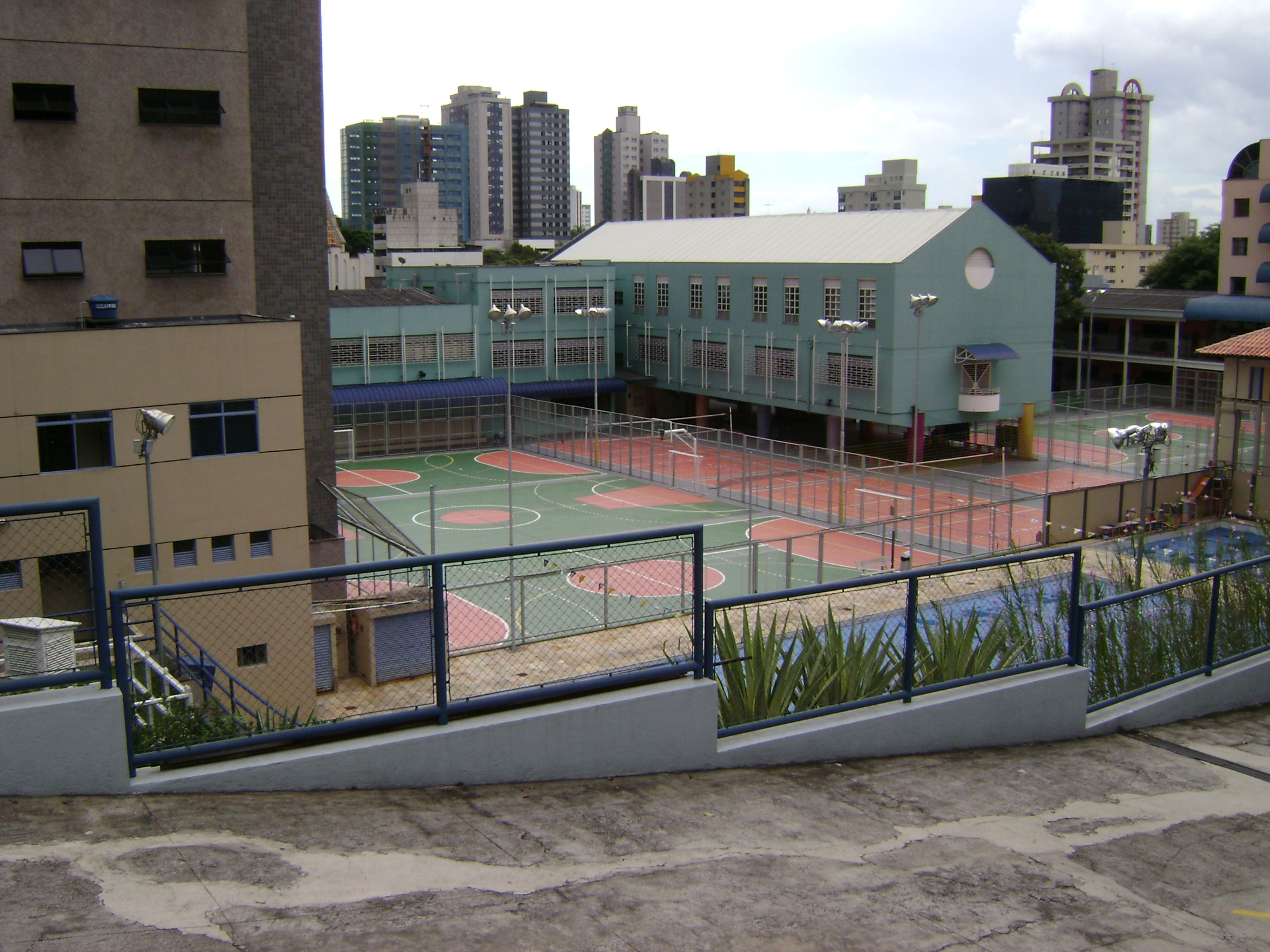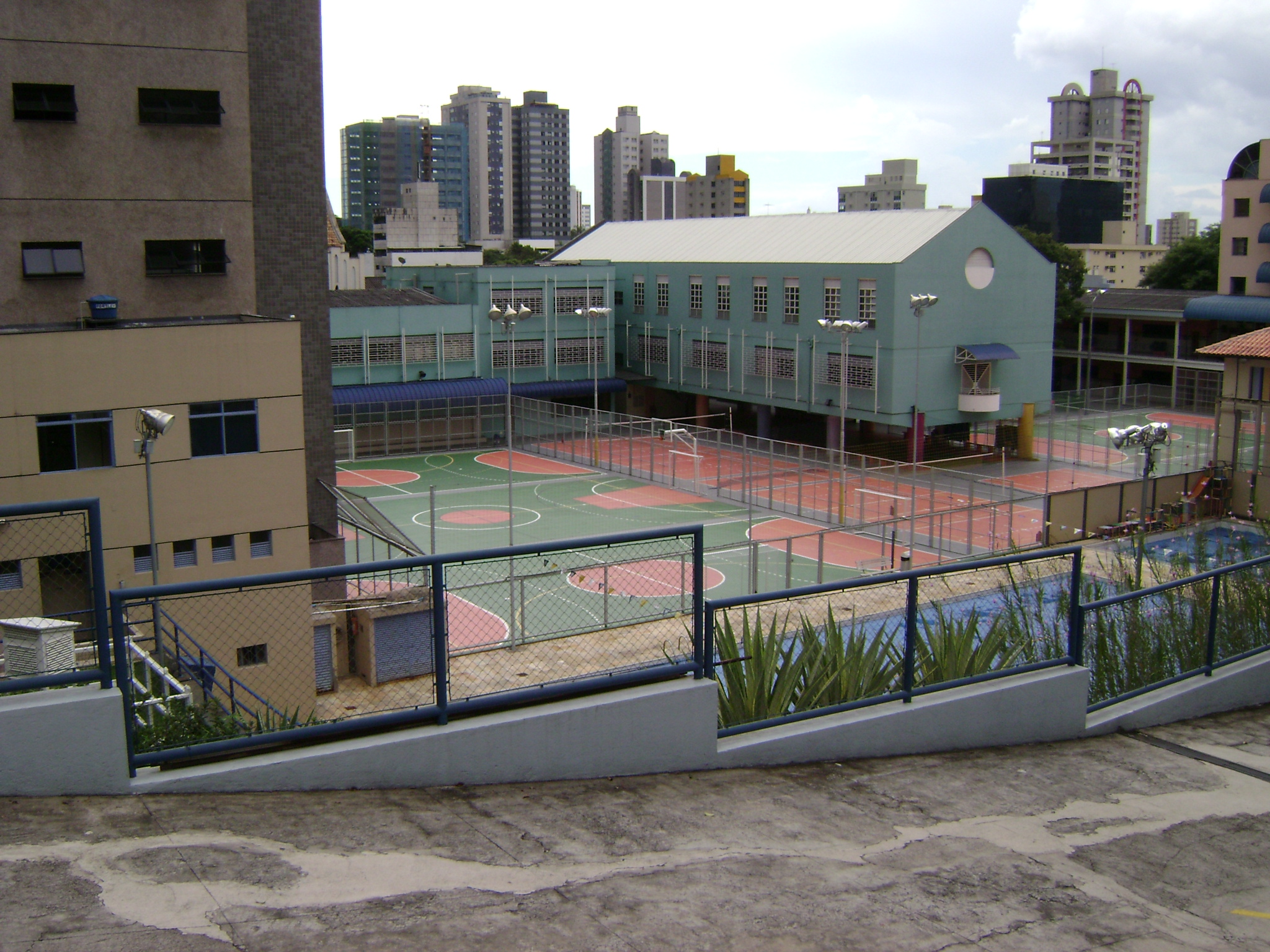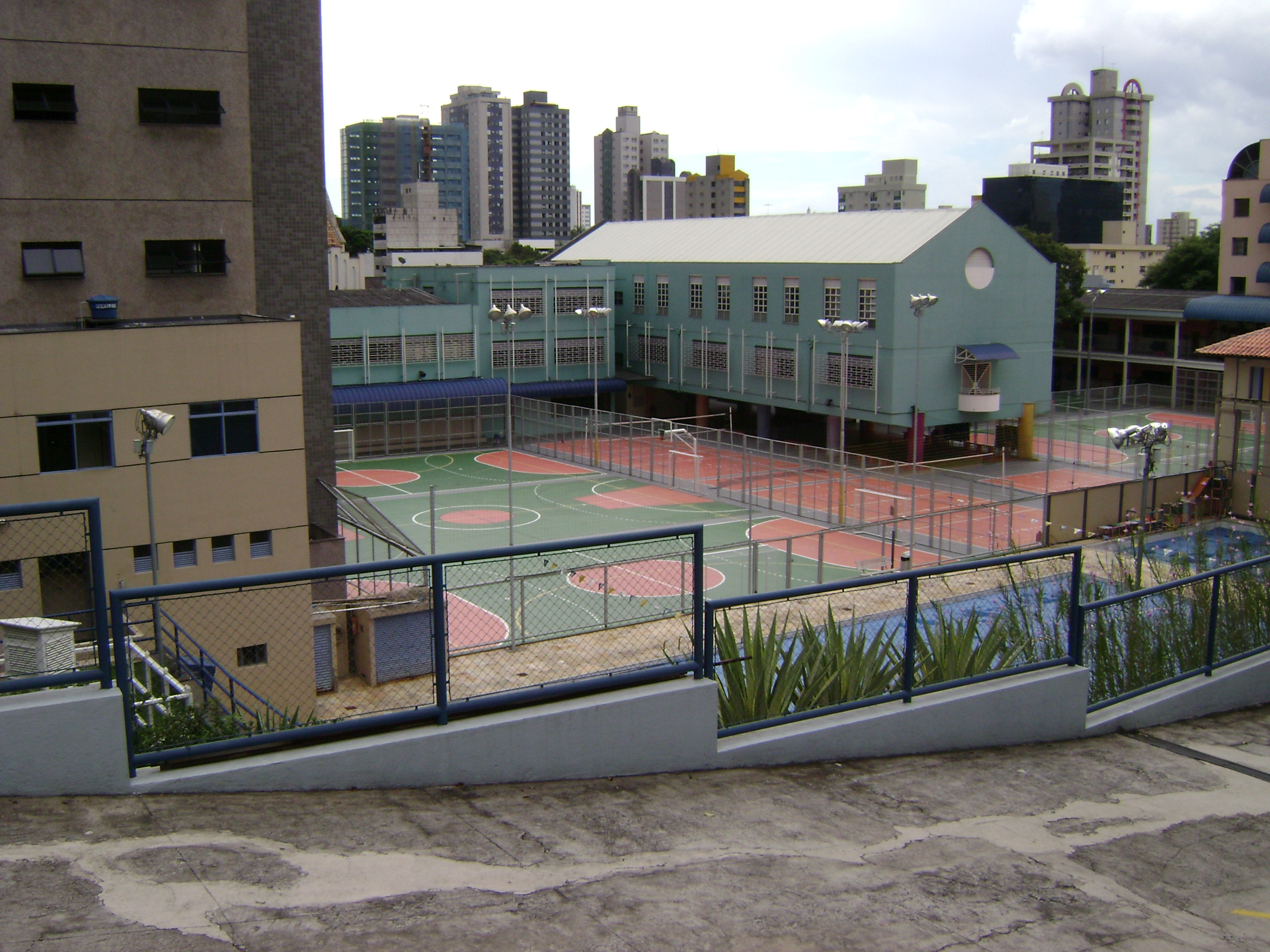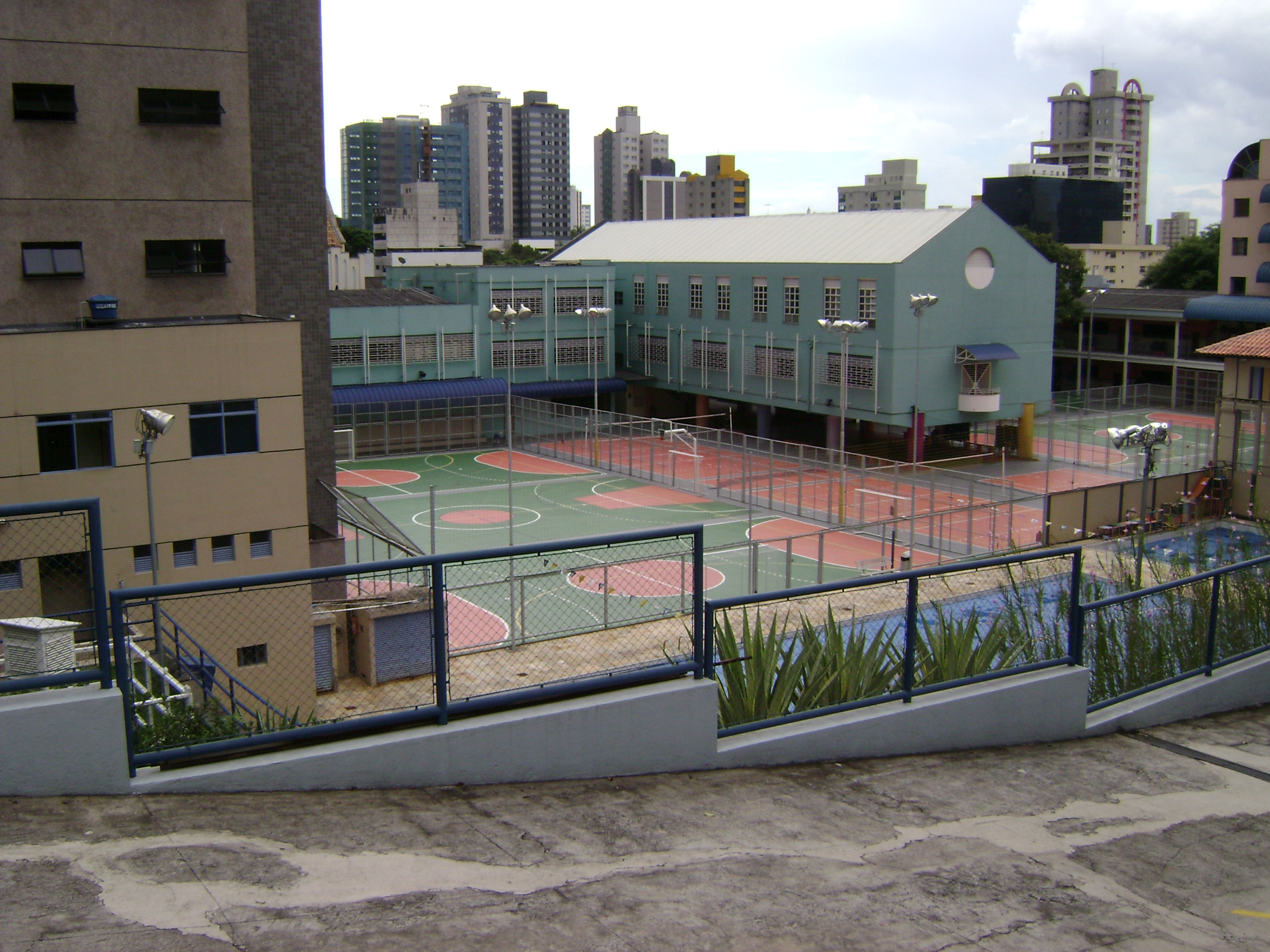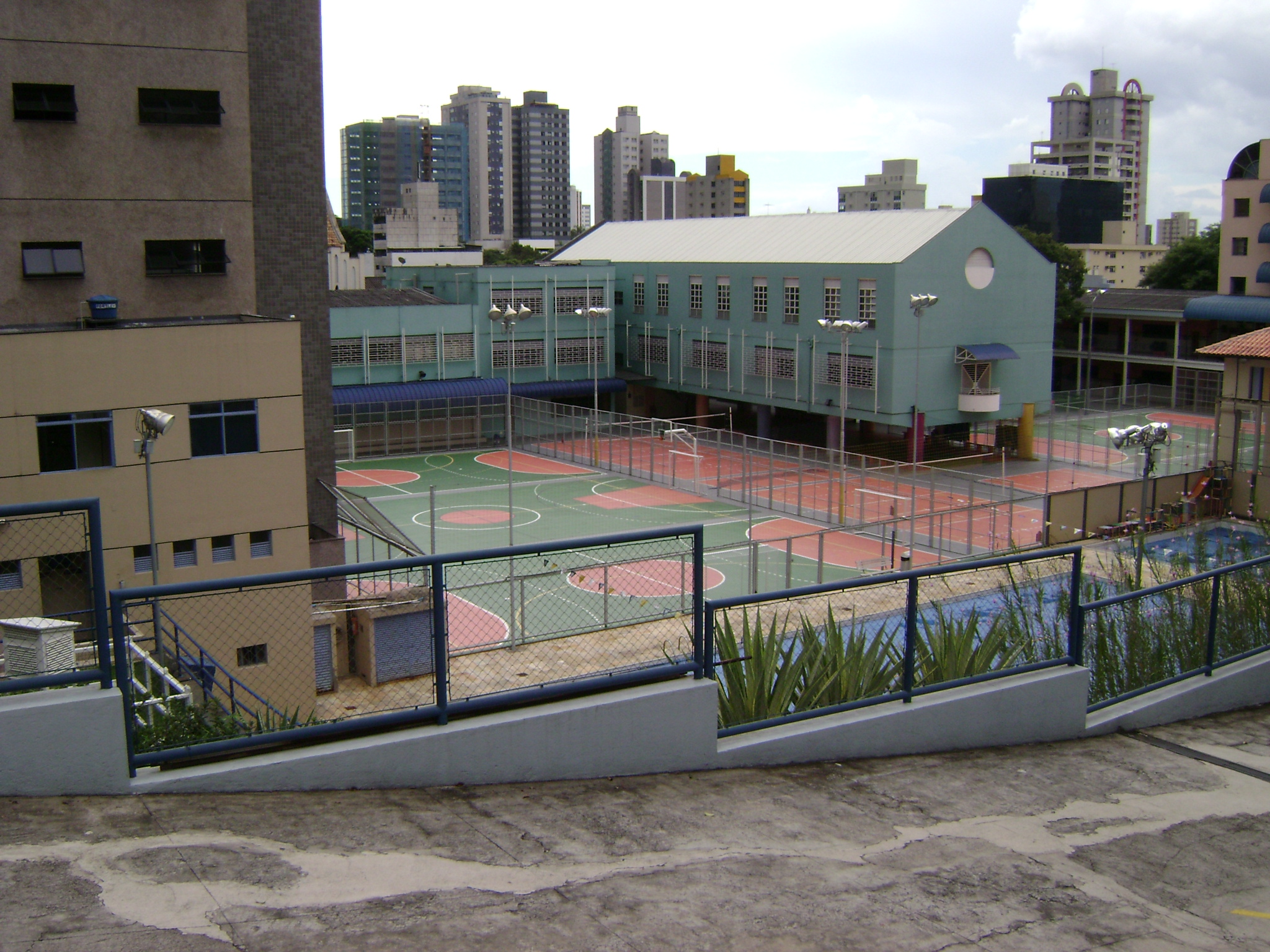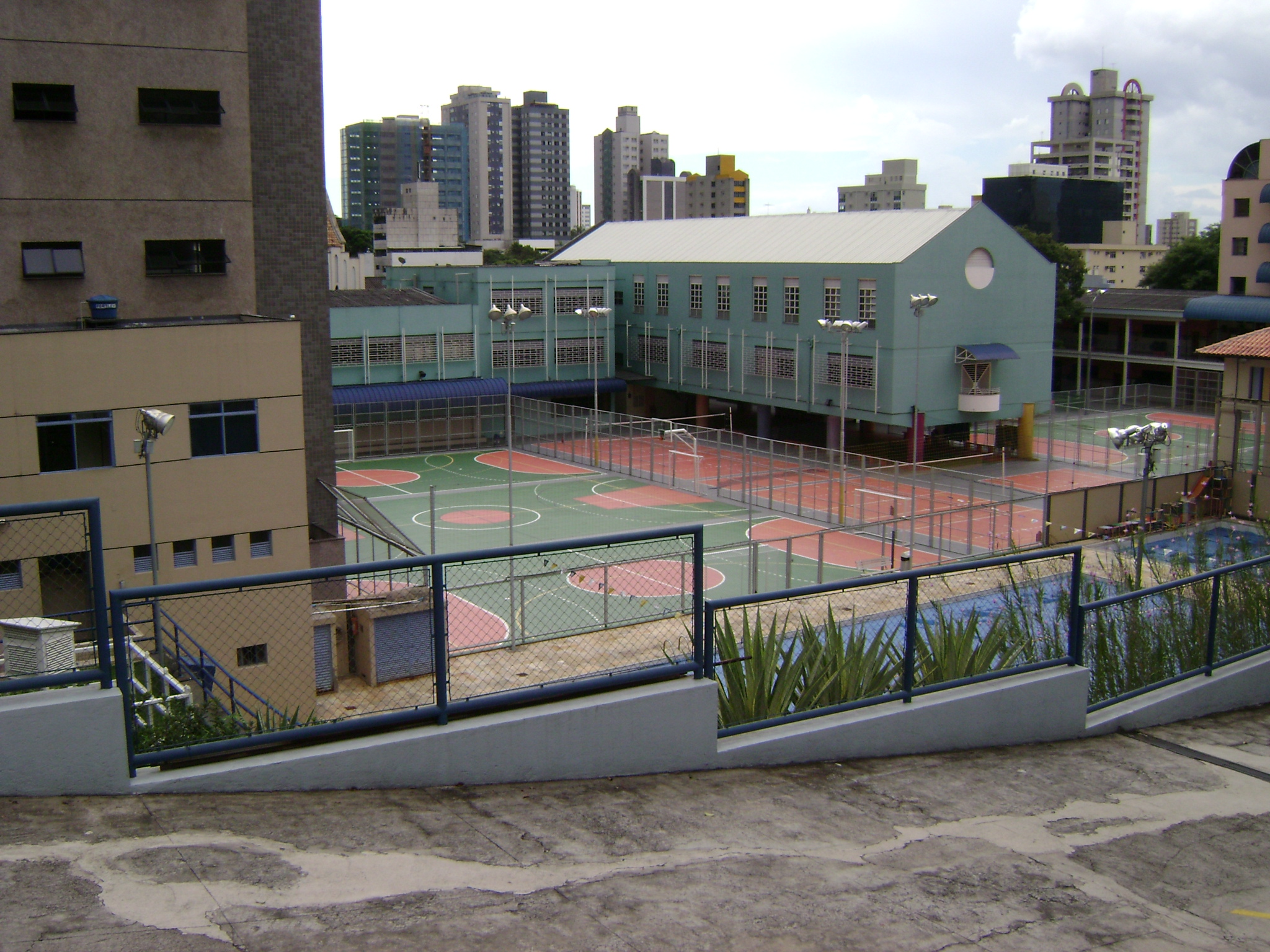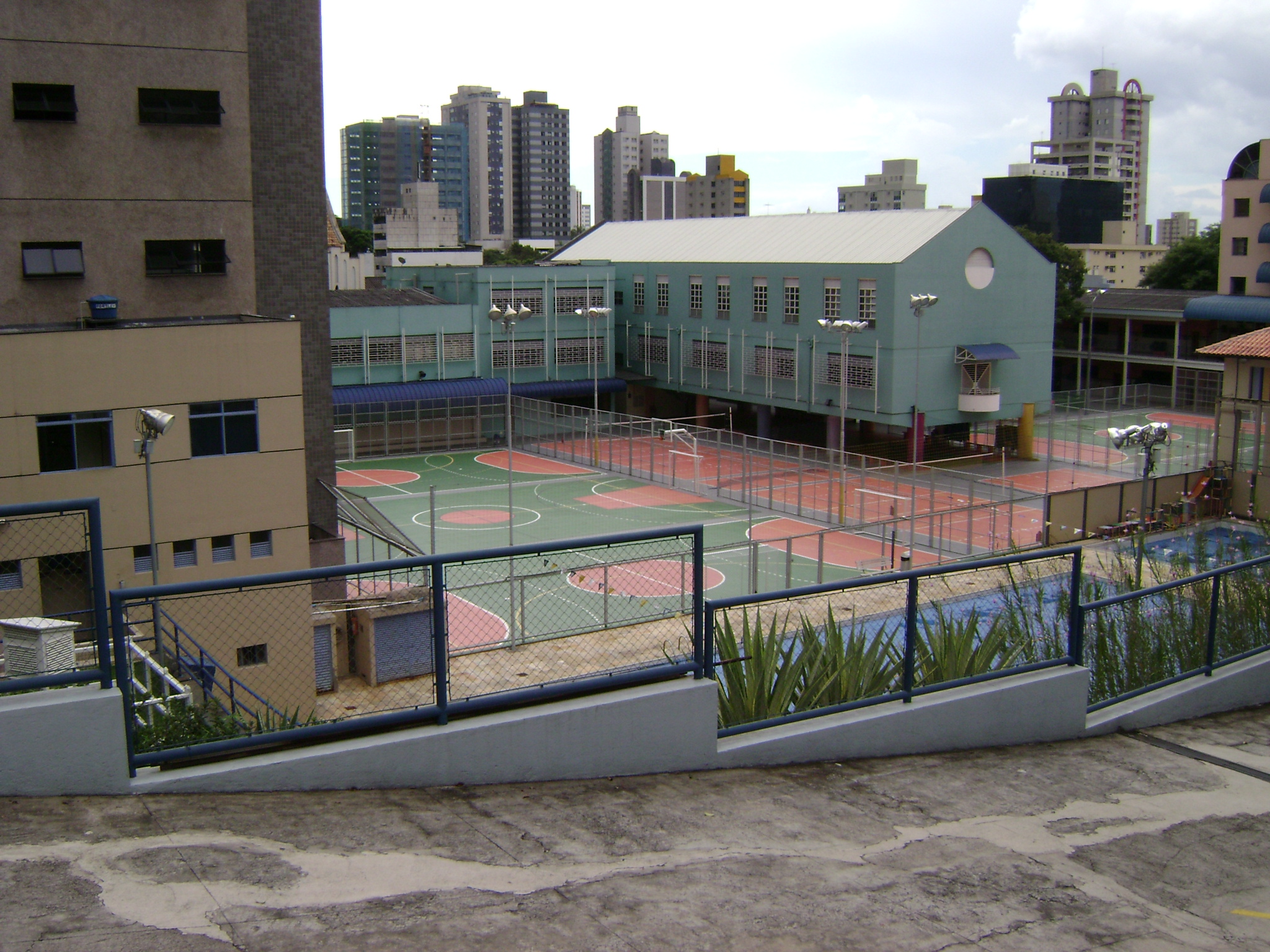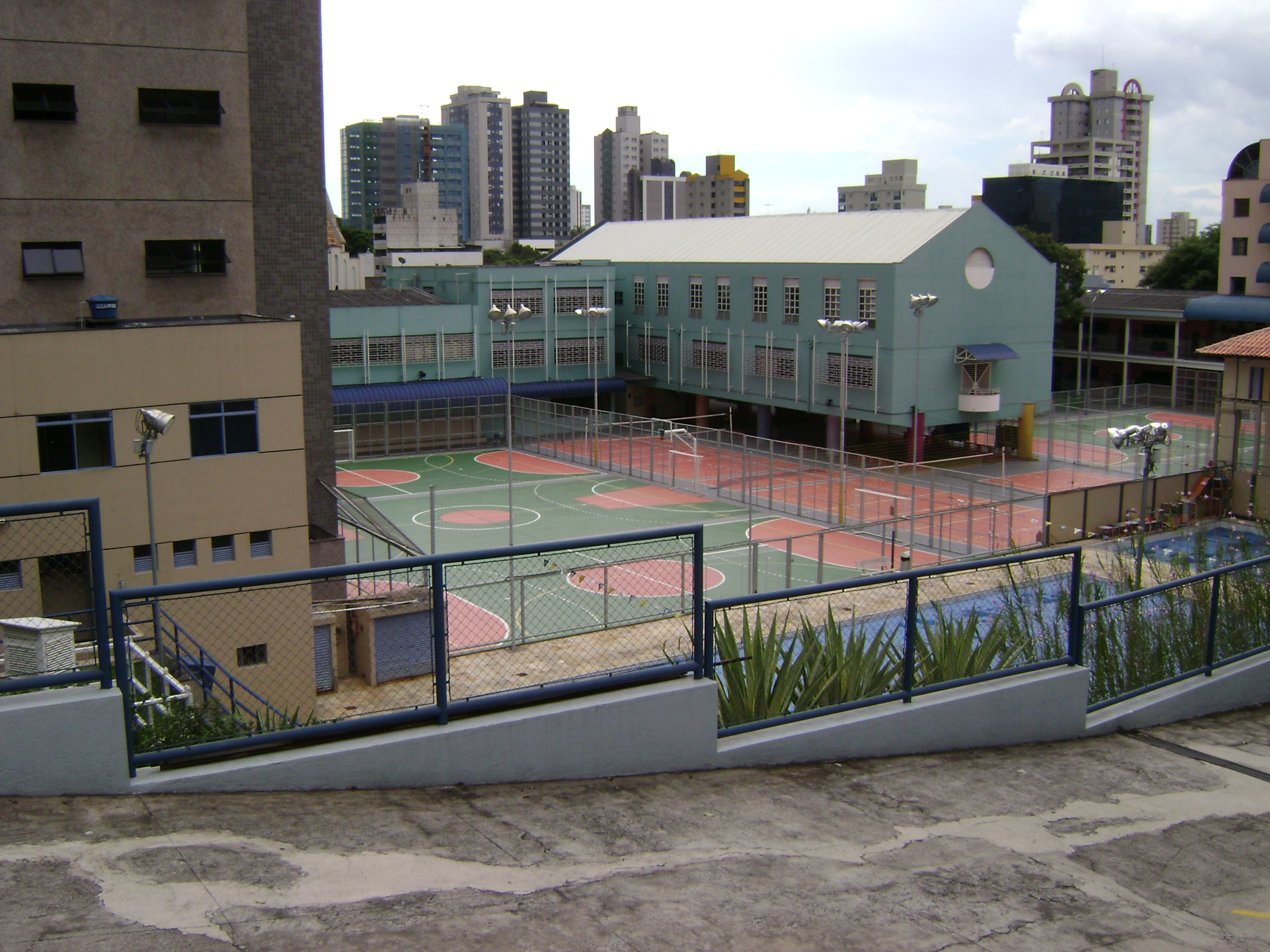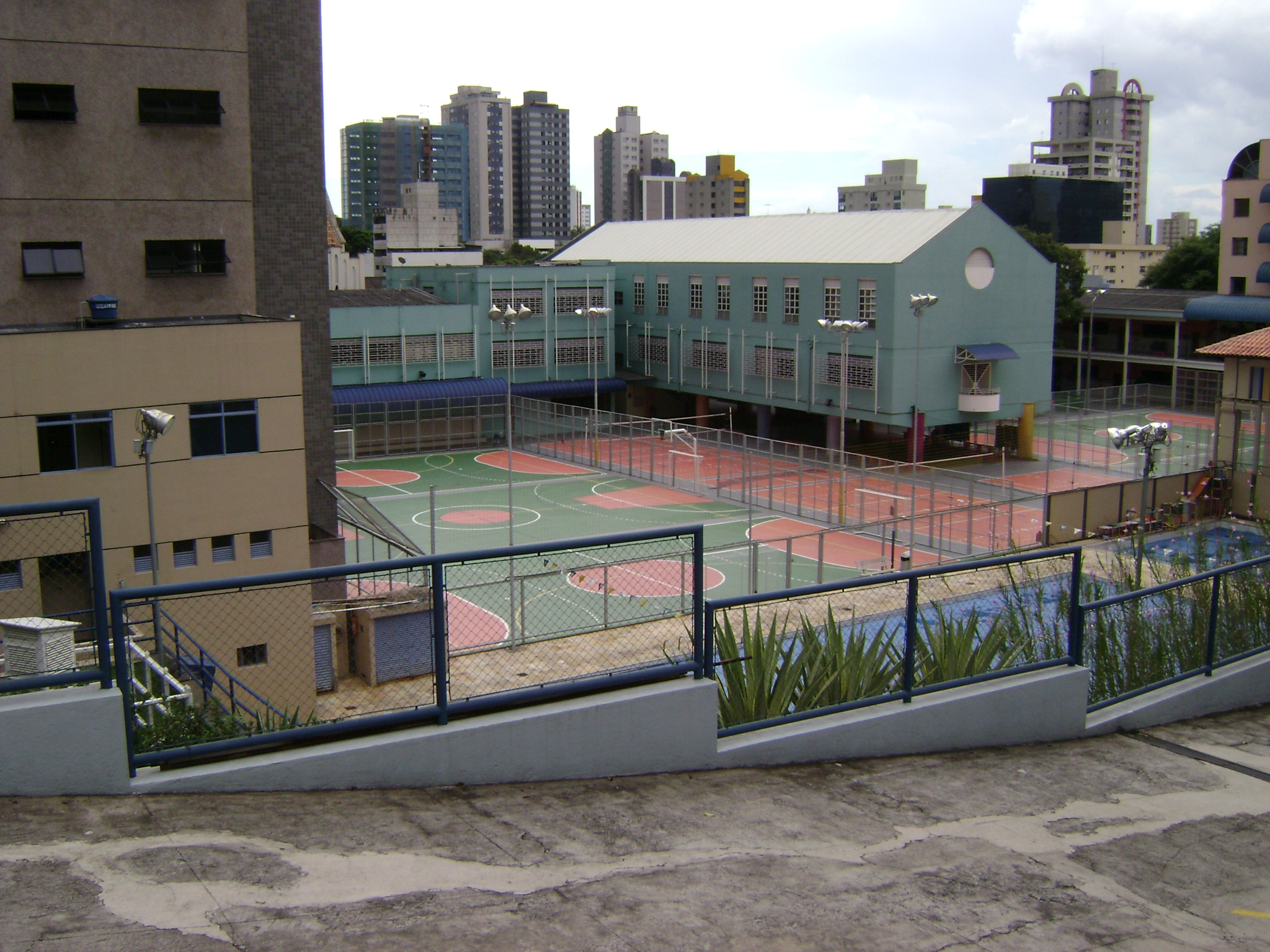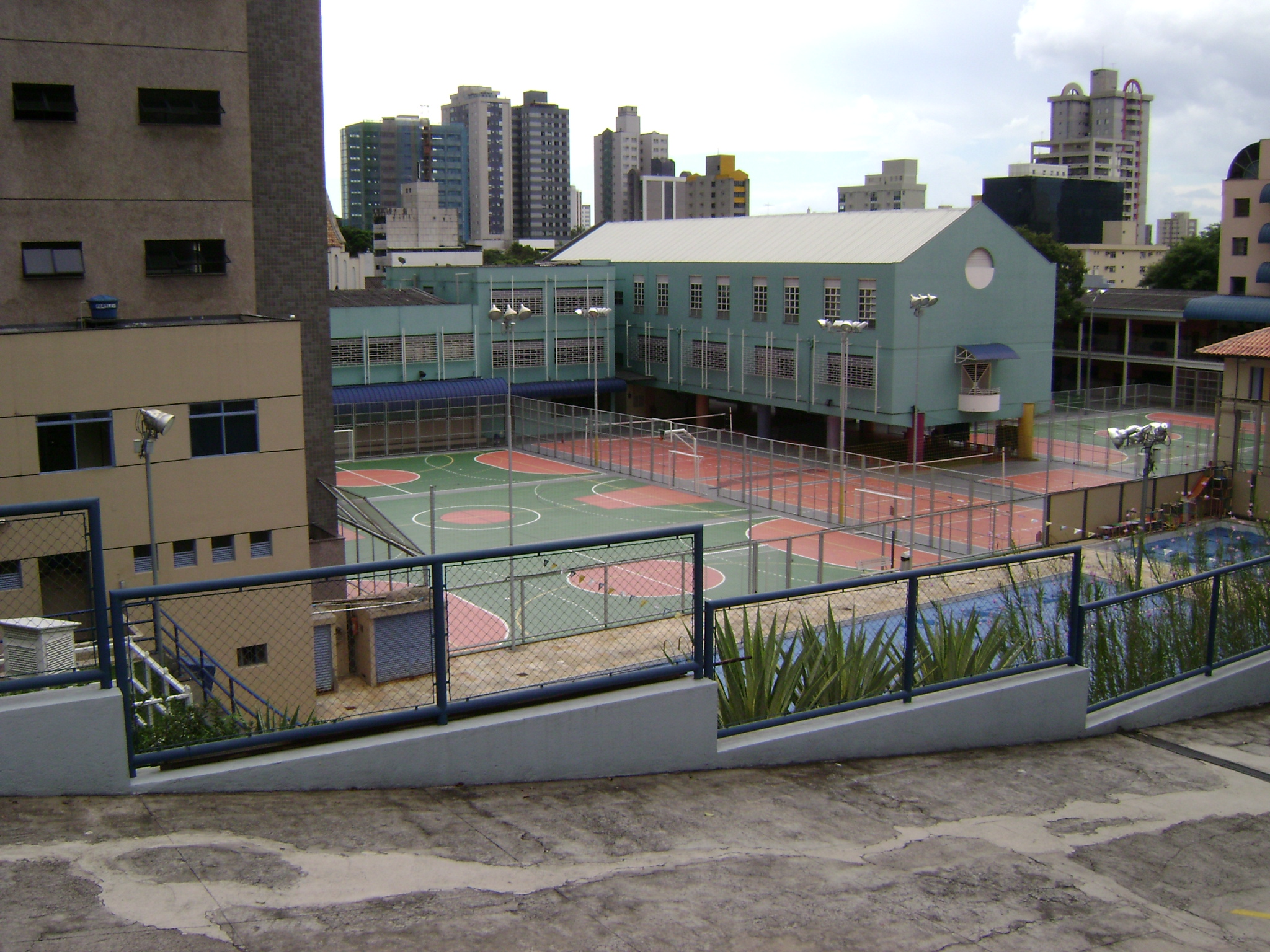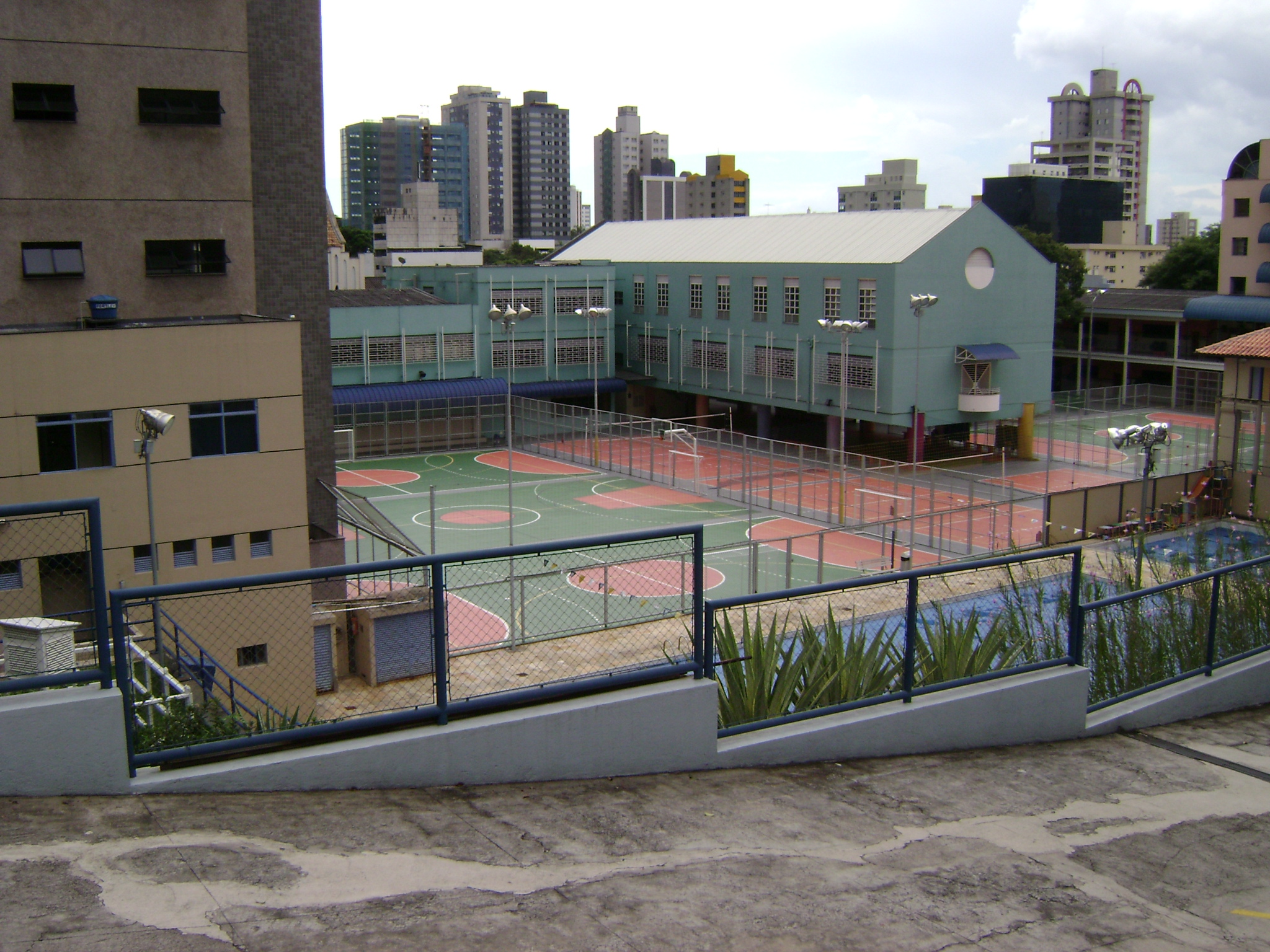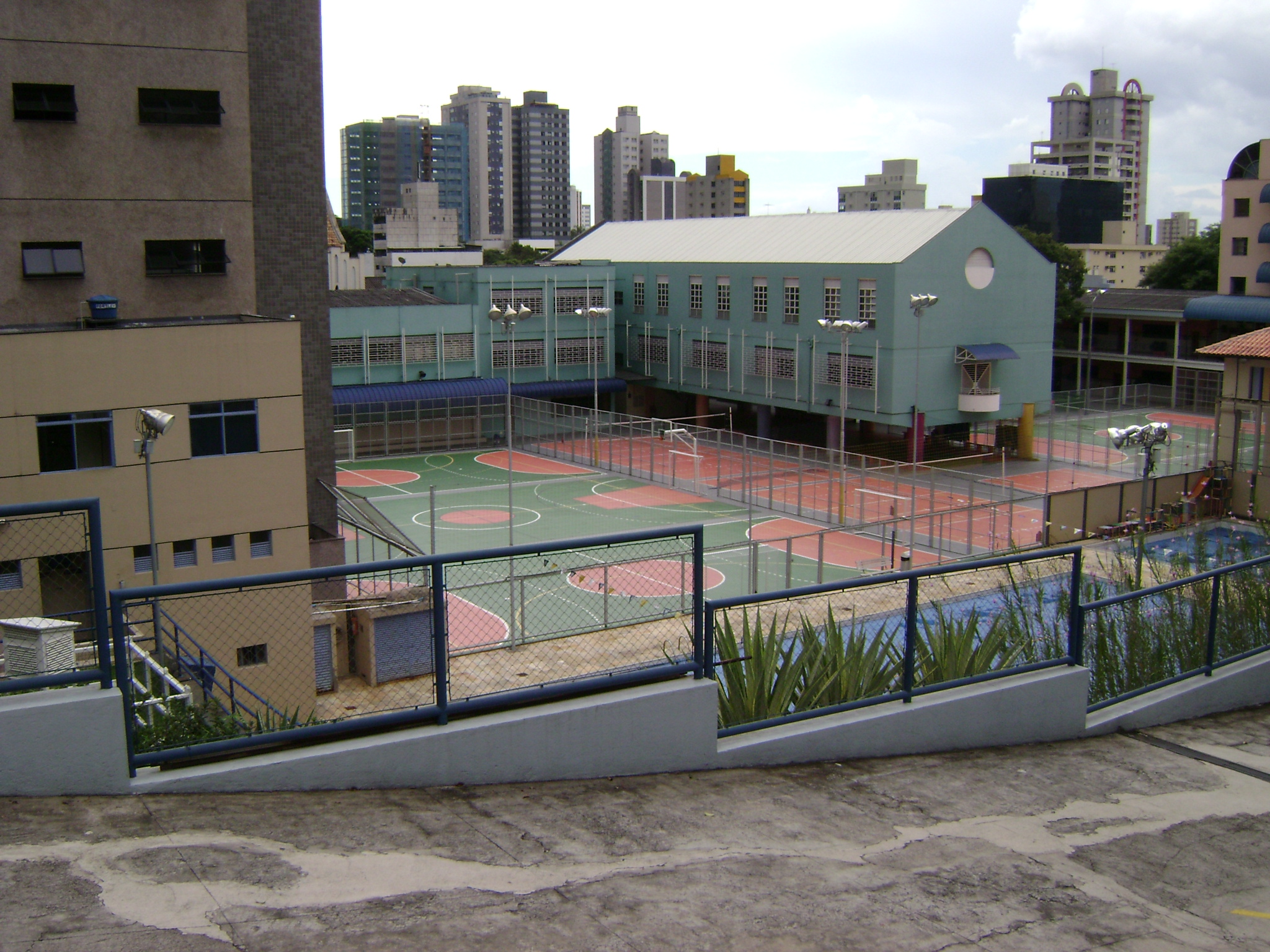Sports clubs across the UK face unique health and safety challenges that require specialized insurance coverage. From amateur community clubs to semi-professional organizations, understanding the insurance requirements for sports club health and safety is crucial for protecting members, visitors, and the club's financial future.
Understanding Sports Club Health & Safety Risks
Sports clubs operate in environments where injuries and accidents are inherent risks. Unlike standard commercial premises, sports facilities present unique hazards including:
- Player injuries during training and competitive events
- Spectator accidents on club premises
- Equipment-related incidents and malfunctions
- Facility maintenance accidents
- Food poisoning from clubhouse catering
- Slip, trip, and fall incidents in changing rooms
- Vehicle accidents in club car parks
- Weather-related incidents during outdoor activities
Essential Insurance Coverage for Sports Club Health & Safety
Public Liability Insurance
This fundamental coverage protects against claims from third parties who suffer injury or property damage on club premises. For sports clubs, public liability insurance typically covers:
- Spectator injuries from flying balls or equipment
- Accidents in clubhouse facilities
- Injuries to visiting teams and officials
- Damage to neighboring properties from sports activities
Most sports governing bodies require minimum public liability coverage of £6 million, though many clubs opt for higher limits.
Employers Liability Insurance
Legally required for clubs with employees, this coverage protects against claims from staff members who suffer work-related injuries or illnesses. This includes:
- Groundskeeping staff injuries
- Coaching staff accidents
- Administrative personnel claims
- Volunteer coordinator incidents
Professional Indemnity Insurance
Essential for clubs providing coaching services or sports instruction, professional indemnity coverage protects against:
- Inadequate coaching leading to player injury
- Failure to follow proper safety protocols
- Negligent advice or instruction
- Breach of professional duty claims
Product Liability Insurance
For clubs selling food, beverages, or sports equipment, product liability insurance covers:
- Food poisoning incidents from clubhouse catering
- Defective sports equipment causing injury
- Allergic reactions to food or beverages
- Contaminated products claims
Property Insurance
Protecting club buildings, equipment, and contents against:
- Fire damage to clubhouses and facilities
- Theft of expensive sports equipment
- Weather damage to outdoor facilities
- Vandalism and malicious damage
Business Interruption Insurance
Covering lost income when club operations are disrupted by:
- Facility damage preventing events
- Epidemic closures affecting membership
- Equipment breakdown stopping activities
- Utility failures impacting operations
Key Health & Safety Considerations for Sports Clubs
Risk Assessment Requirements
Sports clubs must conduct regular risk assessments covering:
- Playing surfaces and their maintenance
- Equipment safety and regular inspections
- Facility access and emergency procedures
- Crowd control and spectator safety
- Weather condition protocols
Equipment Safety Standards
Regular inspection and maintenance of:
- Goal posts and nets
- Gym equipment and weights
- Protective barriers and fencing
- Lighting systems
- First aid equipment and defibrillators
Facility Maintenance
Ongoing maintenance requirements include:
- Playing surface condition and safety
- Changing room cleanliness and safety
- Car park maintenance and lighting
- Emergency exit accessibility
- Heating and ventilation systems
Staff Training and Qualifications
Ensuring appropriate training for:
- Coaching staff certifications
- First aid qualified personnel
- Equipment operation training
- Emergency response procedures
- Child protection policies
Common Health & Safety Claims in Sports Clubs
Player Injury Claims
While players typically accept inherent risks, clubs can face liability for:
- Inadequate facility maintenance
- Faulty or dangerous equipment
- Poor coaching or supervision
- Failure to follow safety protocols
Spectator Incidents
Common spectator-related claims include:
- Injuries from flying balls or equipment
- Slip and fall accidents
- Inadequate crowd control
- Poor facility maintenance
Food Safety Issues
Clubhouse catering can lead to:
- Food poisoning outbreaks
- Allergic reaction incidents
- Poor hygiene standard claims
- Inadequate food storage practices
Facility-Related Accidents
Building and ground-related incidents involving:
- Poor lighting causing accidents
- Defective changing room facilities
- Car park accidents and injuries
- Weather-related slip hazards
Choosing the Right Insurance Provider
Specialist Sports Insurance Knowledge
Select insurers with specific experience in:
- Sports club risk assessment
- Understanding of governing body requirements
- Knowledge of seasonal risk variations
- Experience with sports-specific claims
Comprehensive Coverage Options
Look for policies offering:
- Flexible coverage limits
- Seasonal adjustment options
- Multiple sport activity coverage
- Volunteer accident protection
Claims Support Services
Essential support services include:
- 24/7 claims reporting
- Specialist sports claims handlers
- Legal defense support
- Risk management advice
Cost Factors for Sports Club Health & Safety Insurance
Club Size and Membership
Factors affecting premiums include:
- Number of active members
- Spectator capacity
- Facility size and complexity
- Number of sports activities
Risk Profile Assessment
Higher risk factors include:
- Contact sports activities
- Outdoor weather exposure
- Equipment-intensive sports
- High spectator numbers
Claims History Impact
Previous claims affect pricing through:
- Frequency of past incidents
- Severity of previous claims
- Risk management improvements
- Safety record maintenance
Safety Measures and Discounts
Premium reductions available for:
- Comprehensive safety policies
- Regular equipment inspections
- Staff training programs
- Risk assessment documentation
Regulatory Compliance for Sports Clubs
Health and Safety at Work Act
Sports clubs must comply with:
- General duty of care requirements
- Risk assessment obligations
- Equipment safety standards
- Staff training requirements
Sports Governing Body Requirements
Most sports require:
- Minimum insurance coverage levels
- Safety certification compliance
- Regular facility inspections
- Qualified coaching standards
Local Authority Regulations
Compliance with:
- Building safety regulations
- Food hygiene standards
- Licensing requirements
- Planning permission conditions
Best Practices for Sports Club Health & Safety
Regular Safety Audits
Conducting systematic reviews of:
- Facility condition and maintenance
- Equipment safety and functionality
- Emergency procedure effectiveness
- Staff training currency
Documentation and Record Keeping
Maintaining comprehensive records of:
- Risk assessments and reviews
- Equipment inspection schedules
- Incident reports and investigations
- Training records and certifications
Emergency Preparedness
Developing procedures for:
- Medical emergency response
- Severe weather protocols
- Evacuation procedures
- Communication systems
Member Education
Ensuring members understand:
- Club safety rules and procedures
- Equipment usage guidelines
- Emergency contact information
- Incident reporting processes
The Claims Process for Sports Club Insurance
Immediate Response Requirements
When incidents occur:
- Ensure immediate safety and medical care
- Document the scene and circumstances
- Collect witness statements
- Notify insurers promptly
Investigation Procedures
Insurance investigations typically examine:
- Facility maintenance records
- Safety procedure compliance
- Staff training documentation
- Equipment inspection histories
Settlement Considerations
Factors affecting claim outcomes:
- Adherence to safety protocols
- Proper risk management procedures
- Adequate staff training evidence
- Comprehensive documentation
Future Trends in Sports Club Insurance
Technology Integration
Emerging trends include:
- Wearable technology for injury prevention
- Automated facility monitoring systems
- Digital risk assessment tools
- Online training and certification
Climate Change Impacts
Increasing considerations for:
- Extreme weather event planning
- Facility resilience improvements
- Seasonal risk variations
- Emergency response capabilities
Conclusion
Sports club health and safety insurance is essential protection that goes beyond basic public liability coverage. The unique risks faced by sports facilities require specialized insurance solutions that understand the specific challenges of recreational and competitive sports environments.
Comprehensive coverage should include public liability, employers liability, professional indemnity, and property protection, tailored to the specific sports and activities offered by the club. Regular risk assessments, proper maintenance procedures, and staff training are crucial for both safety and insurance compliance.
Working with specialist sports insurance providers ensures that clubs receive appropriate coverage levels, competitive pricing, and expert claims support when needed. The investment in comprehensive health and safety insurance protects not only the club's financial future but also demonstrates commitment to member and visitor safety.
For sports clubs seeking specialized health and safety insurance coverage, professional advice can help identify the most appropriate protection for your specific activities and risk profile.


 0330 127 2333
0330 127 2333
